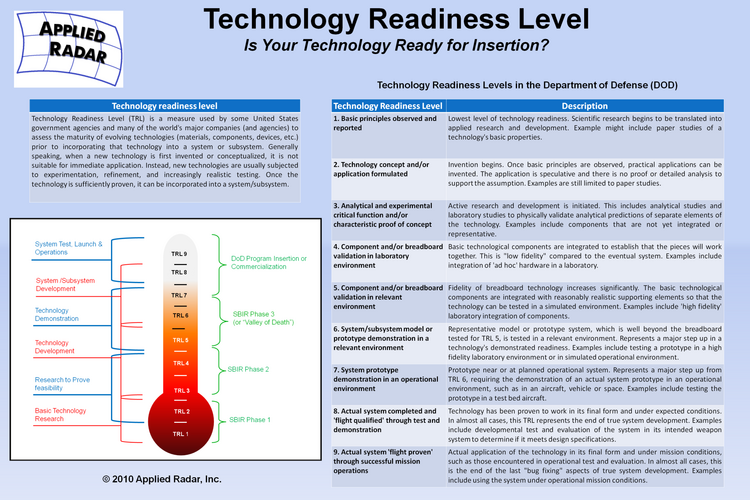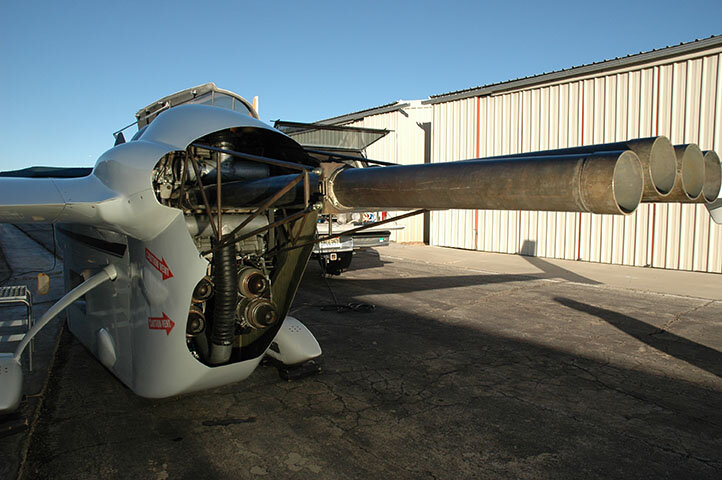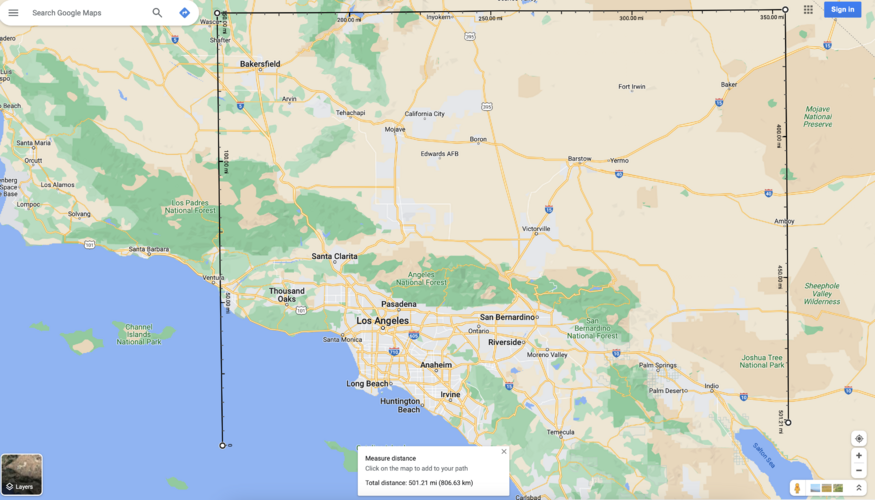A two-parter by Sandboxx a year ago on Aurora. It does a nice job of looking into the complexities of the issue - funding, the origins of the name etc. His eventual conclusion is a operational fleet is very unlikely but a series of experimental craft/demonstrators if not prototypes is likely.
I stopped the video when he mentioned the "SR-72".
Seriously?
My own impression, which I've stated before, is pretty much that. For example, PDEs for hypersonic applications were all the rage for a while and then suddenly they weren't.
So let's back up for a second.
The PDE thing in the early 1990s, and it's connection to "Aurora" began with sightings of a fast moving object or light accompanied by a loud, pulsing sound. When it was seen as a light the light itself was also pulsing with the sound it made.
Later, the same pulsing sound was heard while an aircraft was creating the "donuts on a rope" contrails. This was reported by Steve Douglass and covered in Aviation Week. Steve and AvWeek made the connection between the "pulser" and "impulse engines" or PDEs.
A year or two prior Eidelmann at the Naval Postgraduate School published a paper on PDEs. He had previously published several papers on it as far back as 1986. Because of the AvWeek article(s) PDEs had renewed (public) interest.
To build an aircraft like "Aurora" in the late 1980s or early 1990s would have required technical advancement or innovation in several areas, most notably propulsion and airframe integration. With hypersonic aircraft the propulsion system drives the airframe configuration because of drag, heating, and in the case of air breathing aircraft feeding air to the engine. PDEs were very interesting for hypersonic aircraft because they offered high efficiency, could operate over a wide range of airspeeds, and may have greatly simplified heating and inlet designs. Without an innovative propulsion system like a PDE you end up carrying an engine for each speed regime and trying to reduce the weight and complexity for all of them. That is where we get air-turbo-ramjets and other "combined cycle" propulsion systems from.
During the 1990s several companies were quietly working on PDEs and continued to do so into at least the early 2000s. Most of them were using internal funds to do so.
At first glance, the engine bolted to the test stand looks like an unlikely candidate to lead an aerospace revolution. Its size is unimpressive: At about four feet long, it's dwarfed by the machinery that feeds it air and fuel, machinery that fills a house-size structure at the China Lake Naval...

www.popsci.com
As it turned out, PDEs had been studied long before the Eidelmann papers. There was serious work done on PDEs as far back as the 1950s. At a number of points PDEs were considered for various (subsonic) missiles, etc.
A hypersonic, air breathing aircraft in the late 1980s would be more plausible if there had been a propulsion breakthrough like a PDE. An operational PDE would have solved a number of issues that have prevented such aircraft from becoming operational.
That said...
To clarify my own position on the subject of "Aurora", after pursuing this line of research for a considerable amount of time...
I do, at this point believe that during the late 1980s into at least the mid 1990s there was at least one type of very fast (M4+) , probably manned aircraft flying in the US.
This is after many years of research and continually changing methods, standards, and re-evaluating that position. I am much more skeptical than I was 20+ years ago, yet given the information/evidence I have seen (and verified) I do believe that there was something flying.
What I do find astounding though is that so many now believe in the "RQ-180", when the evidence for that is substantially weaker than for "Aurora"!





